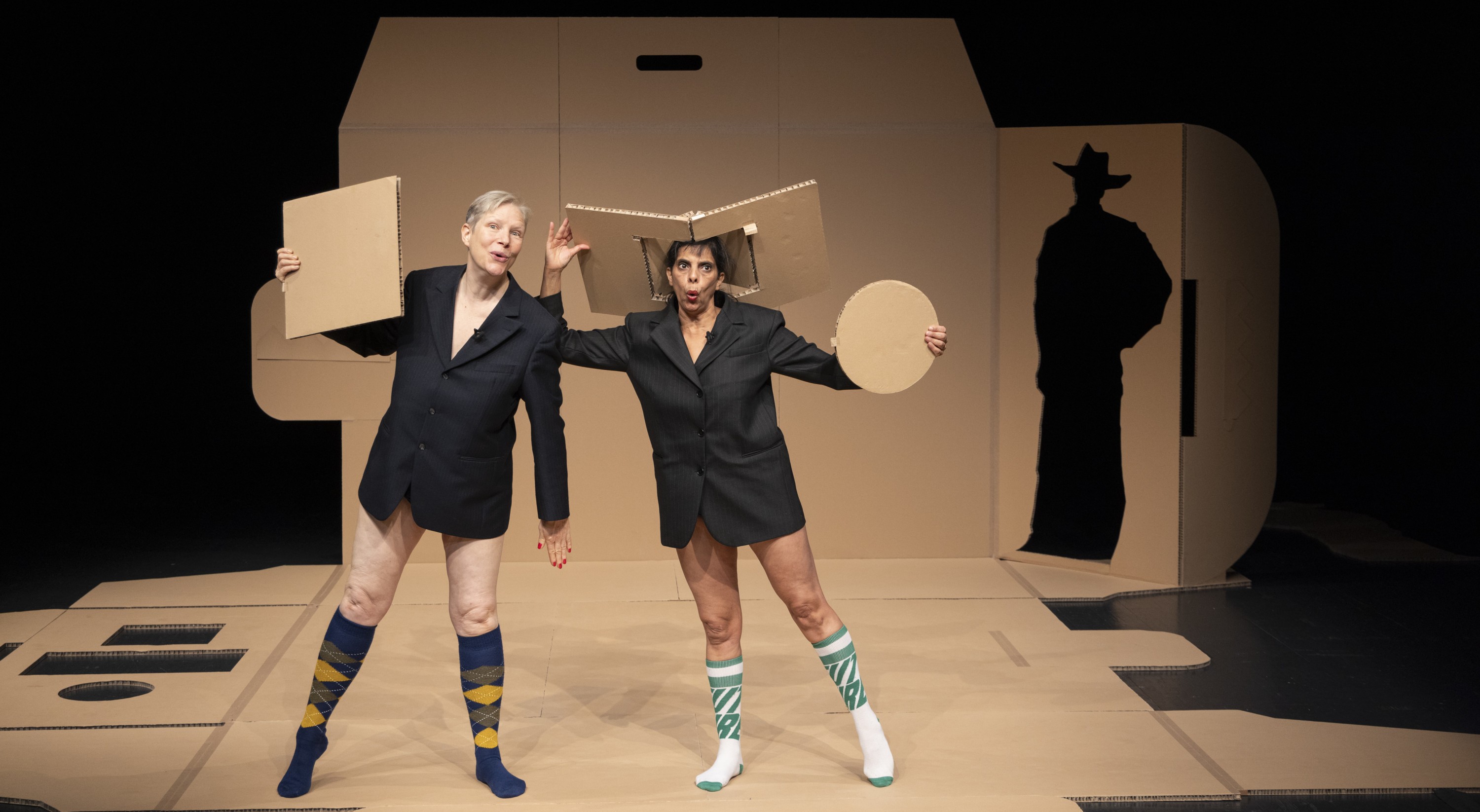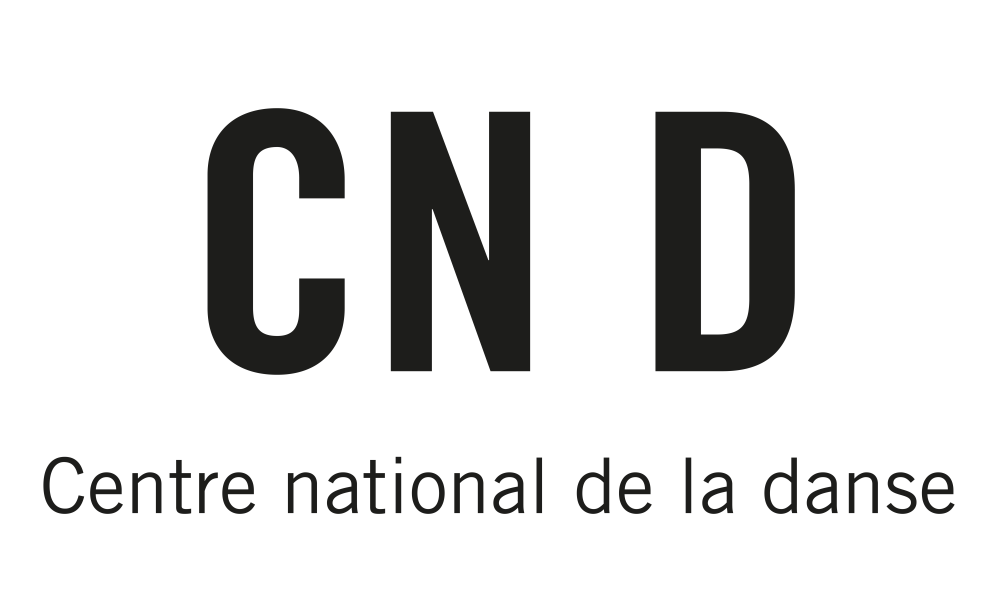Latifa Laâbissi, Antonia Baehr
Cavaliers impurs
In a visual installation by Nadia Lauro
novembernov 14 – 16
Conception and performance Antonia Baehr, Latifa Laâbissi. Design and production of the visual installation Nadia Lauro. Music and sound design Carola Caggiano. Lighting design Eduardo Abdala. Visual installation production Marie Maresca, Charlotte Wallet. Vocal accompaniment Dalila Khatir. Figures Antonia Baehr, Latifa Laâbissi, Nadia Lauro. Interns Esteban Capron, Suet Wa Tam, Johan Boyer.
Production Fanny Virelizier, Damien Krempf (Figure Project) ; Alexandra Wellensiek (make up productions)
Coproduction Hauptstadtkulturfonds (Berlin) ; HAU Hebbel am Ufer (Berlin) ; Théâtre national de Bretagne ; Centre chorégraphique national de Caen en Normandie, dans le cadre de l’accueil-studio – ministère de la Culture ; Fonds franco-allemand Transfabrik pour le spectacle vivant ; CND Centre national de la danse ; Festival d’Automne à Paris
With the support of the Ménagerie de verre, as part of the Studiolab programme ; du Theaterhaus Berlin
Figure Project is supported by the Drac Bretagne - Ministère de la Culture as a subsidised company and receives support from the Conseil régional de Bretagne, the Département d'Ille-et-Vilaine and the City of Rennes
Make up productions / Antonia Baehr is supported by the Berlin Senate Department for Culture and the Community
Acknowledgements, Wolfgang Müller, Yves-Noël Genod, Maja Zimmermann, Dan Belasco-Rogers, Javier Blanco Núñez, Gilles Amalvi, Bettina Knaup
The CND Centre national de la danse and the Festival d'Automne à Paris are co-producers of this show and present it as a co-realisation.
Antonia Baehr & Latifa Laâbissi: Jukebox rodeo
Read it on Mouvement
Following on from Consul and Meshie, Latifa Laâbissi and Antonia Baehr bring us a duo in the form of a series of heterogeneous sequences, interlinked by a common thread of the impure, hybridization and collage. They combine their respective vocabularies, such as the relationship with the expressiveness of the face, and the crossing of genres, registers. Over the course of different numbers or acts, Laâbissi and Baehr interweave their respective universes, thereby overturning the various choreographic codes and blurring the frontiers.
With its storybook house, design-inspired objects, and ephemeral architecture, the giant cardboard box conceived by scenographer Nadia Lauro simultaneously serves as a shelter, kit accessory, and platform or podium on which the figures that Laâbissi and Baehr conjure up are assembled and dismantled. As though witnesses to a culture that is in bits, their bodies examine debris, rearrange postures, sample symbols, sing sabotaged hymns, and throw statements into disorder. Riders on the back of a joyful apocalypse, going at full speed astride their immaterial mounts, Laâbissi and Baehr spin the different references round and round, and slide in and out of a multitude of personalities, ranging from belly dancers, minimalist clubbers, cabaret coaches, Laurel and Hardy-style comic duos, punk bands with no guitar, and cowboy tamers. In doing so, they become topographers of the body and anatomists of the impure.

